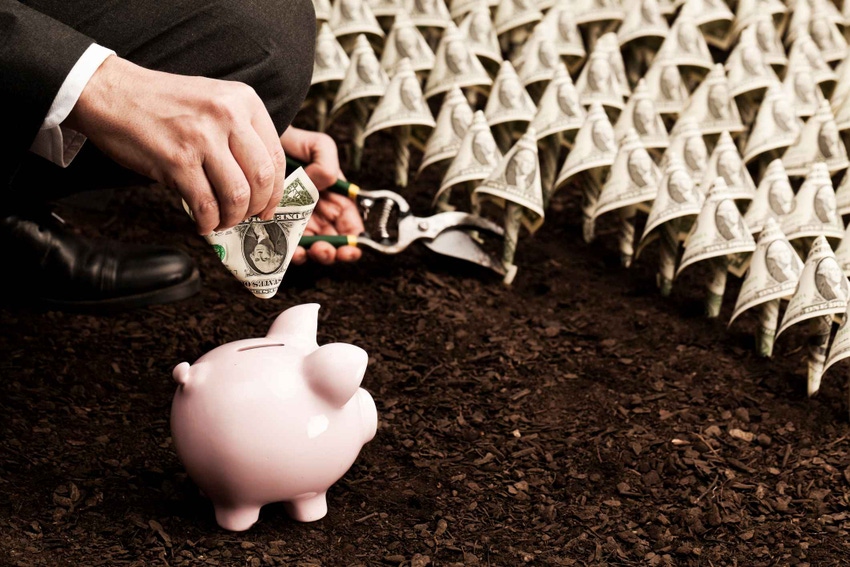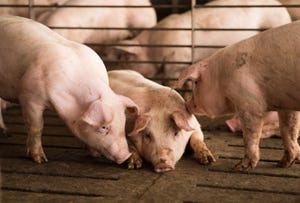Profits look slim moving forward
A combination of two items is needed to restore profitability to the industry: lower corn prices and higher pork prices.
April 3, 2023

I consider the March Hogs and Pigs Report very disappointing regarding future profitability in the U.S. hog market. All hogs and pigs as of March 1 were pegged at 72.860 million, or 100% of last year. Pigs kept for breeding were pegged at 6.127 million, also 100% of last year and pigs kept for market were measured at 66.734 million, 100% of last year. While farrowing intentions were pegged lower than the year prior these are just intentions and of course can be easily altered, either up or down.
The report illustrates two key points. First, it shows that after peaking in 2019, inventory has stabilized and that further contraction in the industry is unlikely. Inefficient producers are out, long gone. Those left in the industry will not exit or they'll not exit easily. Production is not going lower. Production could very possibly hold steady for a couple of years but it's very unlikely to decline from the current projection of 27.4 billion pounds.
Second, with production holding steady, profitability in the industry is nearly solely dependent upon demand. In this case, an improvement in demand is necessary to see profitability in U.S. hog production.
Actually, a combination of two items is needed to restore profitability to the industry. Lower corn prices and higher pork prices.
At this moment the odds of a large decline in corn prices are improving. The Corn Belt has staged a major soil moisture re-charge this winter. Acreage devoted to corn production, as reported recently, will be up more than 3 million acres from last year. If above trendline yield is achieved, a corn crop north of 15 billion bushels is possible.
Projected ending stocks approaching 2 billion would drive corn prices lower. U.S. Corn Belt weather, during the growing season, of course is the major fundamental factor over the next five months. Brazil is expected to raise a record corn crop and Brazil is now, for the first time ever, exporting corn to China.
Unlike the corn market, achieving higher pork prices is much more than just a weather play. For reasons very difficult to pinpoint, domestic demand for pork has declined. Some blame poor quality, or lack of marbling and good taste, others blame the retailers for padding hefty margins at the cost of large clearance. Others blame inflation and lack of confidence in the current government. Clearly, exports suffered greatly last year mostly because China pretty much exited the U.S. pork muscle market. Blame whoever you want. But the industry better figure it out and soon or massive amounts of equity will be lost in the months ahead.
The outlook and opportunities for a sharp futures market rally into summer have all but vanished. Number one on my bullish item list was fewer hogs than last year. That's not going to happen. Number two on my list is a sharp rebound in exports. Based upon pig prices in China, it appears they’ll not be looking to import large quantities of pork anytime soon, perhaps at the earliest this fall. That won’t be soon enough to save the summer hog market.
Basis the June lean hog contract, look for major resistance at $94. Major price rallies are unlikely.
About the Author(s)
You May Also Like





